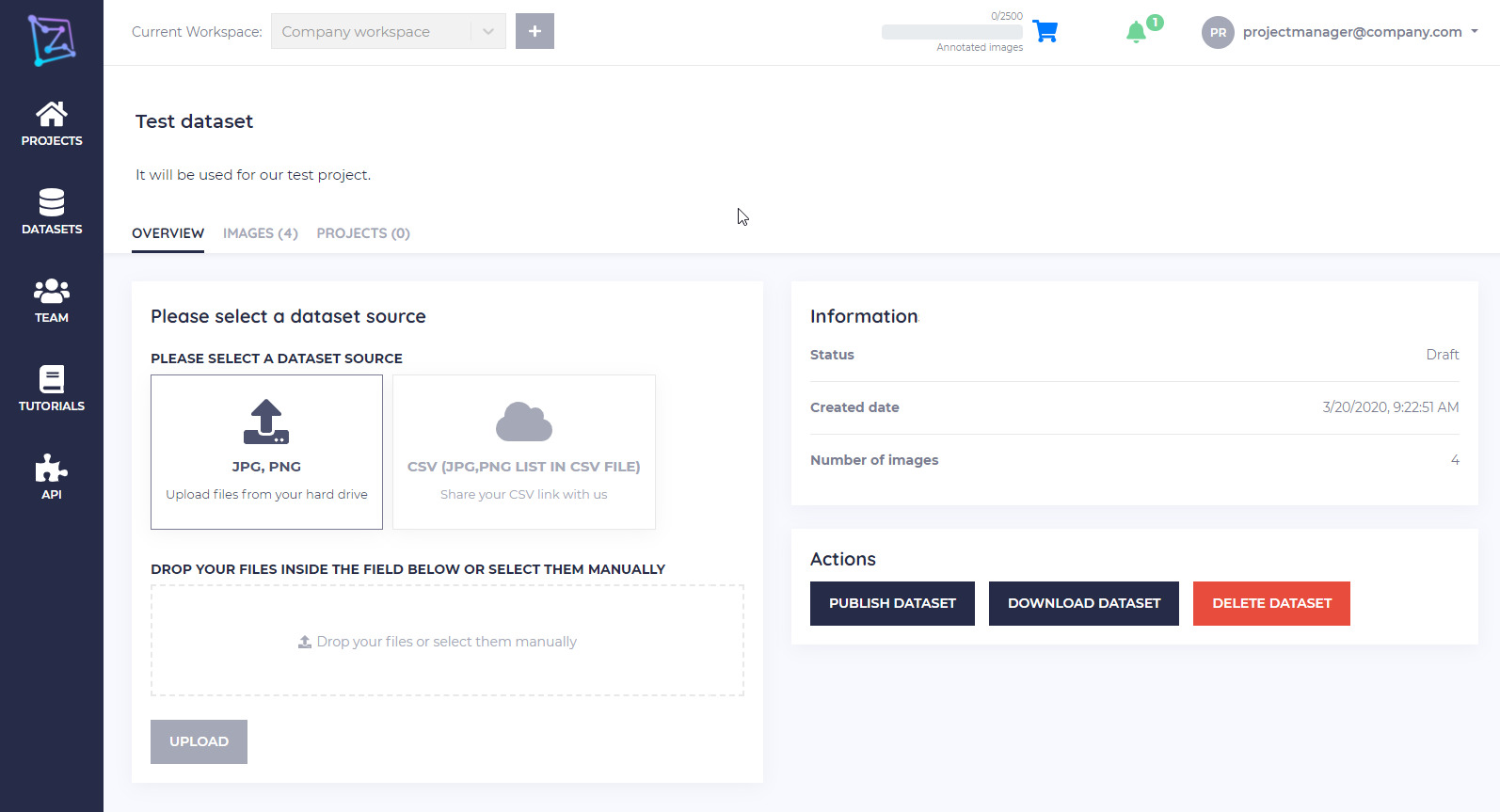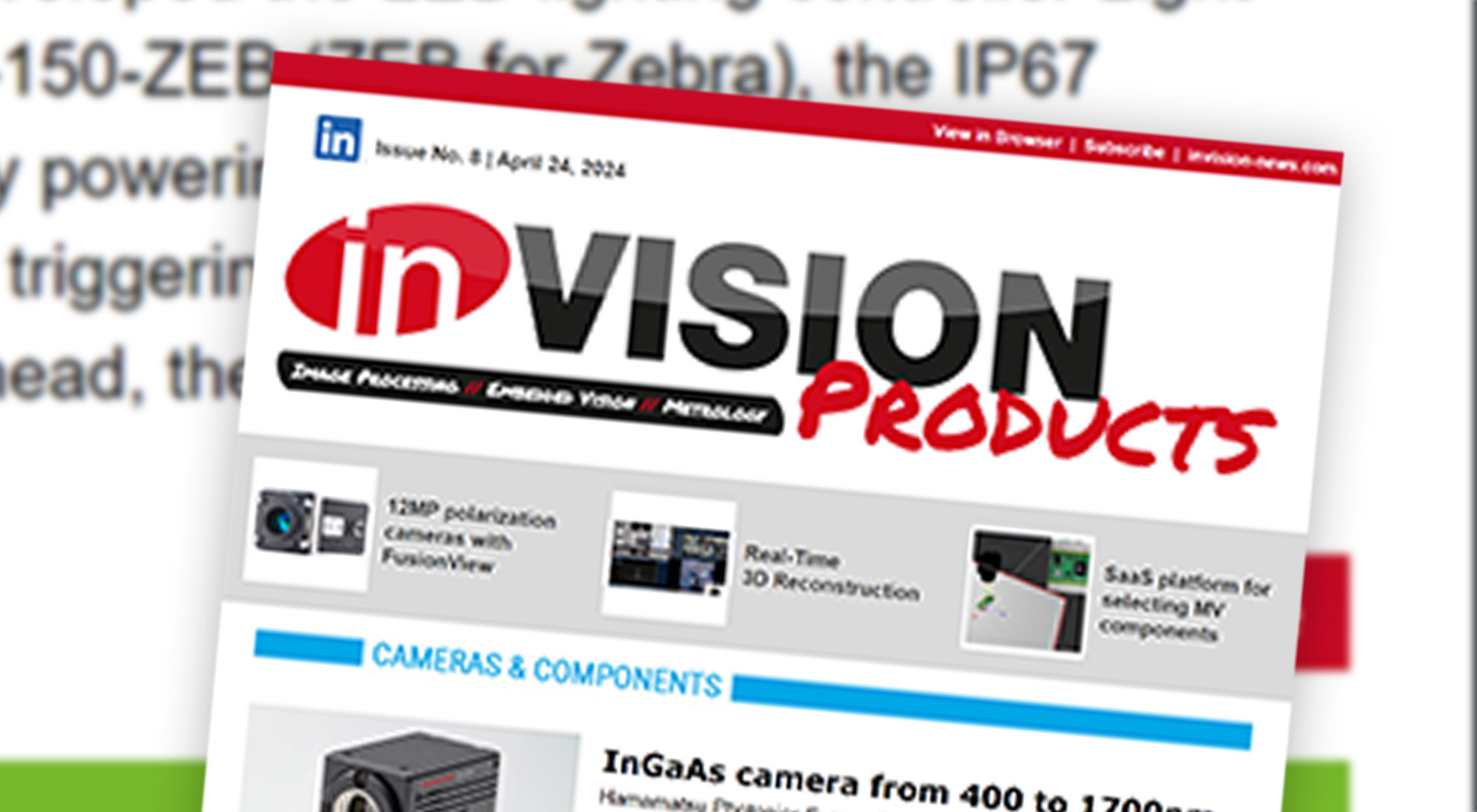
Image 2 | Zillin enforces a strict workflow where each dataset can be either a ‚draft‘ or ‚published‘. (BImage: Adaptive Vision Sp. z o.o.)
Projects
Then we come to projects which is where we define types of markings and where we use the visual tools to actually annotate objects, features or defects. Currently Zillin supports annotating images with Bounding Boxes, Lines, Points, Polygons and Oriented Rectangles. There are also general questions that can be used for providing additional meta data for an image as a whole – Yes/No, Radio, Checkbox or Open-ended (any text). When a project is ready, Annotators and Reviewers are assigned to process all images from selected datasets and provide annotations. This process by default assumes that one group of people if doing the markings and someone else then reviews the results, applying appropriate corrections or returning images back for repeated annotation. This is especially important for projects where high quality of annotations is required as little mistakes could badly affect the training process of deep learning models.
(Online) Collaboration
One of the greatest features is that it works as a collaboration platform for your team and for your customers. Firstly, it replaces shared disk spaces and cloud-based file storage, at the same time providing security, structure and effective access control that are difficult to achieve with general-purpose tools. Secondly, you and your customer get easy and instant access to images and annotations. For example, the customer may upload images to Zillin and start annotating them together with your team. If this is your team who creates annotations, the customer may get the role of Reviewer to approve all annotations before you spend time on training and tweaking your TensorFlow models.
Security & Tracking
Do you have an NDA with the industrial customer? Or maybe your medical project requires strict documentation about the proceedings in development? A tools like Zillin solves these problems by working with permissions and by tracking the use of data. It tracks who got access to which data, and who and when created individual annotations. Your datasets are also clearly identifiable, so any deep learning models created with them can be fully reproduced or extended in documented way.












